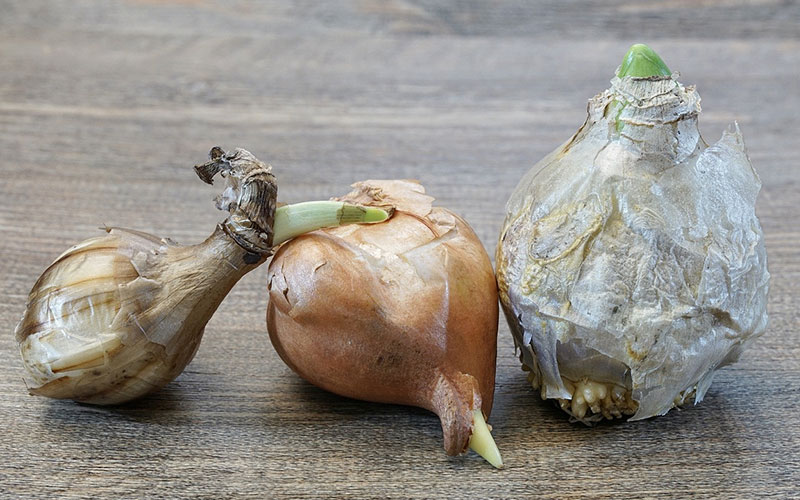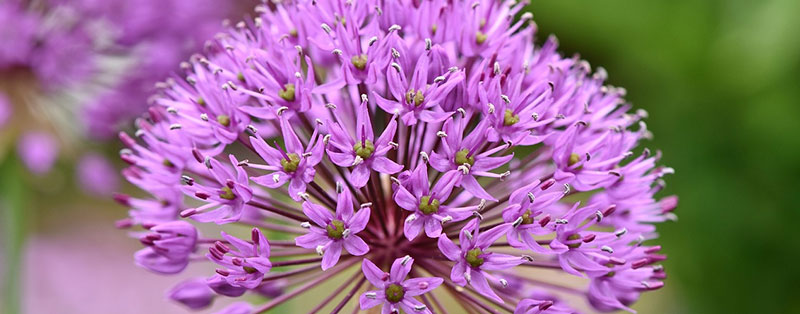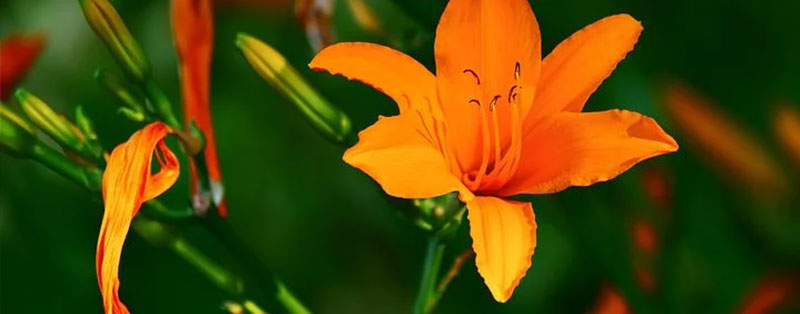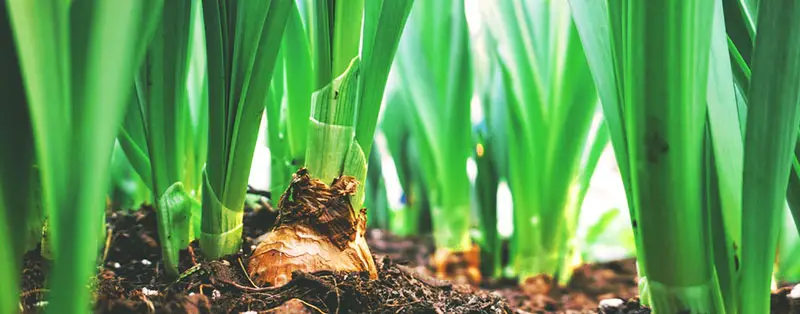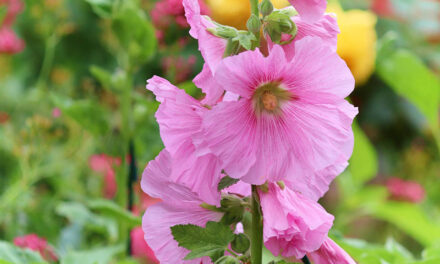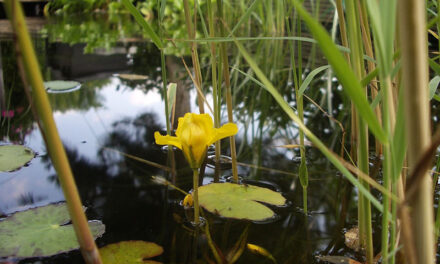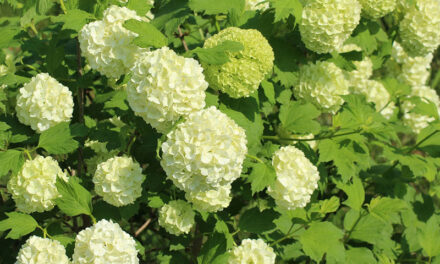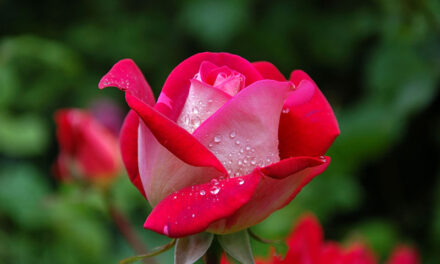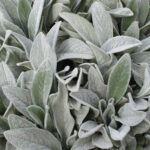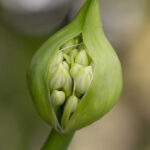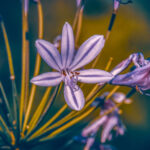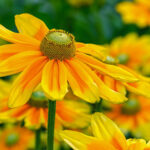Spring-flowering bulbs, summer-flowering bulbs that continue blooming into autumn—there’s a bulb for every season in your garden. Let’s explore different categories of flower bulbs, including annuals, perennials, and naturalizing bulbs. Discover some extraordinary flower bulbs that will make your garden truly enchanting.
-
Allium: Marvels in Purple, Pink, and White
Alliums, also known as ornamental onions, come in various shades of purple, pink, and white. These bulbous beauties thrive in sunny spots and attract bees, bumblebees, and butterflies with their abundant nectar. Ranging from 50 to 100 centimeters tall, they boast captivating spherical blooms. -
Anemone: Spring and Autumn Delights
Anemones offer both spring and autumn blooms. The low-growing varieties grace your garden with predominantly white flowers in spring, while the taller ones enchant with shades of white, pink, and purple in autumn. These charming plants prefer a sunny location with moderate moisture and range from 50 to 150 centimeters in height. -
Dahlia: A Kaleidoscope of Summer and Autumn Colors
Dahlias are the stars of summer and autumn, offering a vast array of colors. With seven main flower types, including anemone-flowered, peony-flowered, cactus, single-flowered, collarette, star, and waterlily dahlias, their blooms bring incredible diversity. Dahlias adore sunny spots and can reach heights ranging from 40 to over 100 centimeters. From sunny yellows to vibrant reds and romantic pinks, their color palette is simply stunning. -
Fritillaria: Unique and Charming
Also known as snake’s head fritillary, Fritillaria meleagris is a native Dutch plant famous for its spotted bell-shaped flowers. Thriving in light shade and moist soil, these graceful beauties grow to about 20 to 30 centimeters in height. -
Iris: Radiant Beauty in Various Hues
Irises showcase a captivating range of colors, from golden yellow to pure white and various shades of purple. They can be categorized into bulb irises, perennial irises, and bog irises. Bulb irises, such as Iris hollandica, Iris reticulata, and Iris hispanica, flaunt magnificent flowers and prefer a sunny location with moist but not overly wet soil. While their height may vary, these irises create a mesmerizing display. -
Lilium: Majestic Summer Bulbs
Lilies are the stars of summer, boasting elegant blooms in shades of white, yellow, orange, and pink. With heights ranging from 80 to 120 centimeters, lilies thrive in sunny to semi-shaded areas. These versatile bulbs also make excellent cut flowers, and with around 100 different species available, you’re sure to find your favorites. -
Ornithogalum: Delightful and Diverse
Known as star-of-Bethlehem or bird’s milk, Ornithogalum offers approximately 150 different species. Some are hardy and bloom in spring, while others are summer bloomers. Ornithogalums prefer sunny spots and produce stunning white flowers, varying in height from 30 to 120 centimeters, depending on the species. -
Tricyrtis: The Extraordinary Toad Lily
Tricyrtis, commonly known as toad lilies or poor man’s orchids, boast speckled flowers that bloom from late summer into autumn. Thriving in partially shaded borders, these charming plants reach heights of 60 to 80 centimeters. While they tolerate some frost, providing winter protection during severe cold spells is beneficial. -
Zantedeschia: Calla Lilies, Elegant and Versatile
Zantedeschia, also called calla lilies or arum lilies, are often cherished as houseplants but can also thrive outdoors as container plants during spring. Some varieties even withstand Dutch winters with a layer of fallen leaves for protection. Keep in mind that not all types are frost-tolerant, so choose the appropriate ones. Available in hues of white, yellow, red, pink, orange, and purple, they reach a height of approximately 50 centimeters.
Embrace the Beauty of Flower Bulbs and Transform Your Garden into a Colorful Paradise!
Which Bulb flowers Are Frost-Tolerant?
Spring-flowering bulbs are planted in the fall, typically from September to December, just before the frost sets in. On the other hand, summer-flowering bulbs are planted in the spring, after the frost has passed.
Examples of spring-flowering bulbs include well-known varieties such as crocuses, tulips, daffodils, and grape hyacinths. Hyacinths, alliums, snowdrops, eranthis, and fritillarias are also bulbs that bloom in the first half of the year. Familiar summer bloomers include dahlias, begonias, gladioli, freesias, lilies, anemones, and ranunculus.
Some bulbs are not frost-tolerant, such as dahlias, begonias, cannas, calla lilies, and agapanthus. These need to be dug up before the frost arrives, dried thoroughly, and stored in a frost-free location until the cold season passes. Alliums, anemones, gladioli, lilies, and lily-of-the-valley, however, can remain in the ground.
Nowadays, you can also find beautiful bee- and butterfly-friendly bulb packages available for purchase online. These packages consist of a selection of bulbs that are attractive to bees and/or butterflies, and they come in various color combinations.
How to Plant Flower Bulbs?
If you want to enjoy your flower bulbs in your garden during springtime, it’s essential to plant them at the right time. The preparations should begin in October. By selecting the appropriate combinations, you can experience the beauty of early spring to late spring blooms. Following this, by planting summer bulbs in a timely manner, you can continue to enjoy flowers throughout the summer.
Flower bulbs come in all shapes, sizes, and colors. Plant spring-flowering bulbs before the frost, between September and December, depending on weather conditions. Start by creating a plan. It’s helpful to write or draw this on paper. Consider your color preferences and ensure you choose bulbs that provide a continuous blooming period. Once you have your plan and a bulb for each month of spring and summer, it’s time to make your purchase.
When it comes to planting, I recommend laying the bulbs above the ground where you want them to be. Then, dig a hole for each bulb, approximately twice the size of the bulb. Refer to the instructions on the packaging for specific guidelines for each type of bulb. Loosen the soil and mix it with potting soil to give the bulb a good start. Place the bulb in the hole with the rounded side facing down and the pointy end upward. Fill the hole with soil and give the bulbs some water to encourage healthy growth.
Which Flower Bulbs are Suitable for Naturalizing?
Several types of flower bulbs are suitable for naturalizing. You can intermix them with low-growing plants in a perennial border. Many varieties can spread extensively, so make sure they have enough space for growth. You can also use them as underplanting for trees or taller shrubs. After flowering, allow the foliage to remain until it withers. This way, the bulb can extract nutrients and energy from the leaves for the following year.
Suitable bulb varieties for naturalizing include:
- Allium sphaerocephalon
- Allium ursinum
- Anemone blanda
- Anemone nemorosa
- Crocus
- Galanthus nivalis
- Leucojum vernum
- Muscari
- Tulipa sylvestris
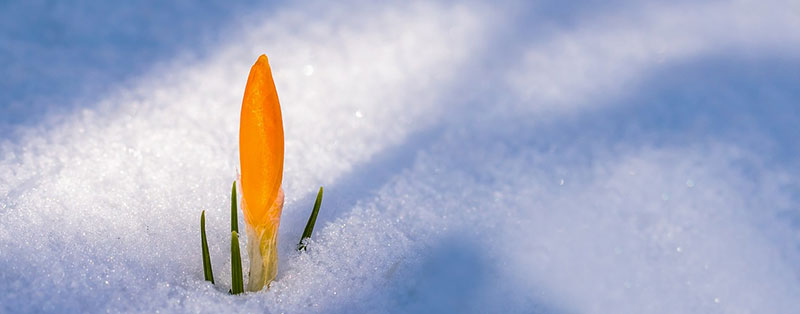
Which Flower Bulbs Bloom First?
It can sometimes be challenging to determine or remember which flower blooms at which time, but it’s nice to know. By planting the right bulbs, you can start enjoying blooms in your garden as early as January, depending on weather conditions. Bulbs that emerge as early as January are snowdrops (Galanthus nivalis) and winter aconites (Eranthis hyemalis). Snowdrops are beautiful early naturalizing bulbs that thrive well in partial shade or shade. After a few years, you can propagate them by dividing the bulbs. Gently dig up the bulbs and separate them, then replant the small clumps of snowdrops, spacing them further apart. It’s best to do this right after flowering.
There are nearly 20 species of snowdrops with over 500 cultivars. Winter aconites have a green collar and yellow flowers that bloom around the same time as snowdrops. Due to their early flowering, winter aconites are important nectar plants for bumblebees. You can use them as ground cover under plants that lose their leaves. By the time the foliage starts growing, the winter aconites will have already withered. They can thrive in shade, partial shade, and even in sunny spots. Each year, they will bloom more beautifully and abundantly.
In February and March, crocuses (Crocus species) and snowflakes (Leucojum vernum) emerge from the ground. Crocuses are often seen in yellow, white, and purple colors. There are small-flowered and large-flowered varieties, with around 90 species in total. They reach a height of about 15 centimeters (6 inches), and you can leave them in the ground after blooming. A beautiful large-flowered species is Crocus tommasinianus. Crocuses are often available in mixed packages featuring combinations of yellow, white, and purple.
Snowflakes, also known as spring snowflakes or spring bells (Leucojum vernum), can be recognized by the green tips on their white drooping flower petals. They grow to a height of approximately 15-25 centimeters (6-10 inches). They prefer a shaded or lightly shaded spot in your garden. Snowflakes are also perennial bulbous plants, meaning they will return and bloom each year.

